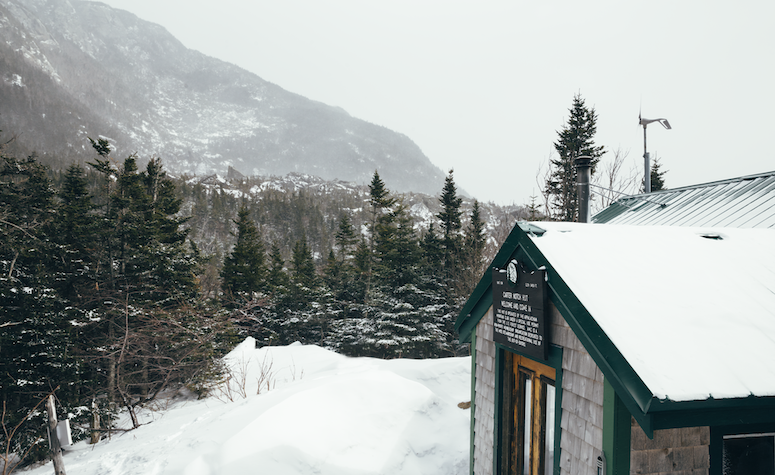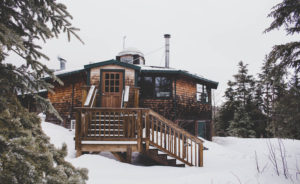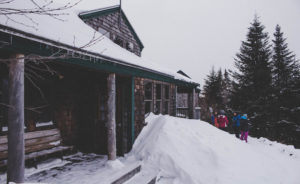
There are plenty of themed hotels throughout New Hampshire’s White Mountains, but none can compare with the essence of the Appalachian Mountain Club’s network of mountain huts in the Granite State. Accessible only by foot, they are a world away from the norm.
“I think that they are really magical and special places,” AMC huts manager Bethany Taylor said. “It’s a really great way to get out into the woods — and into the mountains — without the need to have a lot of camping skills.”
In all, there are eight huts located along the Appalachian Trail through New Hampshire. Three of them — Carter Notch Hut, Zealand Falls Hut and Lonesome Lake Hut — are available for lodging during the winter months as well.
The huts offer rustic comfort, but it’s the sense of community that makes a stay there feel like what Taylor called a “Narnian fairly tale.”





